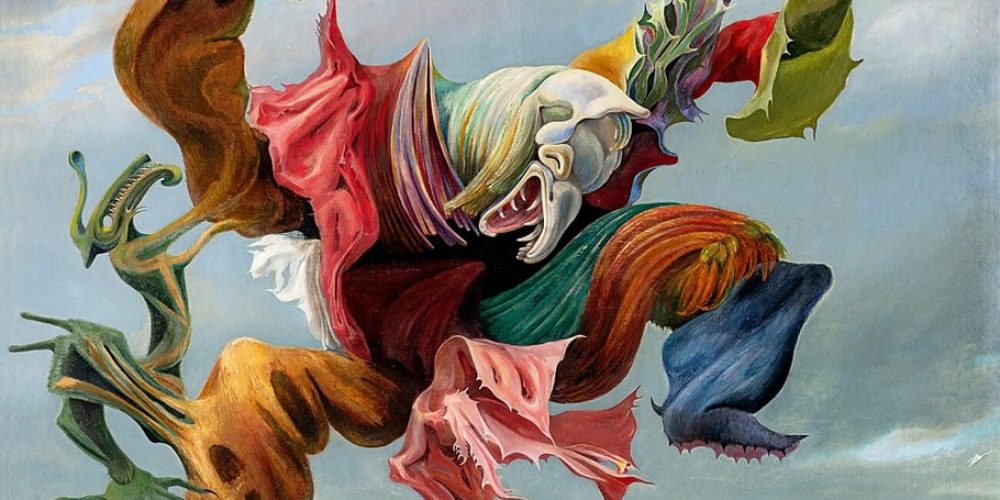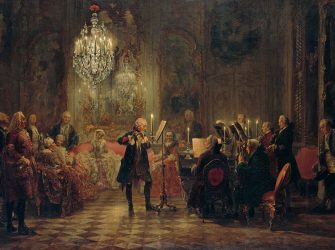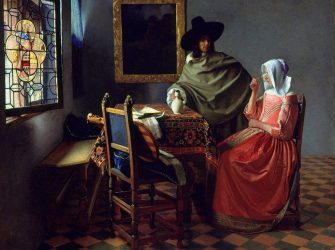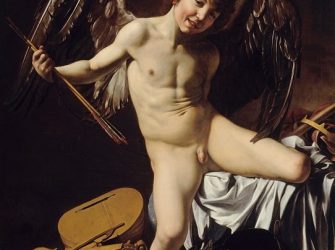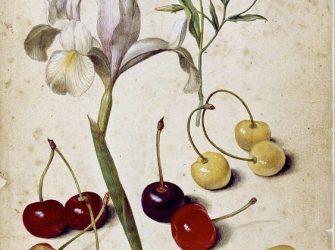With RENDEZVOUS OF DREAMS, the Hamburger Kunsthalle presents a comprehensive exhibition on international Surrealism on the occasion of the 100th anniversary of the founding of this movement, tracing German Romanticism as one of the most important intellectual affinities of Surrealism. Based on a pair of images from the Kunsthalle that are being discussed for the first time, over 230 surrealist icons by major and newly discovered surrealists such as Max Ernst, Meret Oppenheim, René Magritte, André Masson, Salvador Dalí, Dorothea Tanning, Paul Klee, Valentine Hugo, Victor Brauner, Toyen, and many others in novel contexts and exciting juxtapositions with over 70 masterpieces of German Romanticism, including works by Caspar David Friedrich and Philipp Otto Runge, as well as Romantic poetry. Key themes such as the fascination of German Romantic artists and poets with dreams – understood as a higher form of vision – the imagination, the night, but also the microcosm and macrocosm, and a special feeling for nature were among the sources of inspiration that Surrealism adopted a century later. The attitudes and imagery of Friedrich, Runge, Carl Gustav Carus, Carl Wilhelm Kolbe, and many others played an important role in the search for revolutionary art in the 20th century, as did the writings of Novalis, Achim and Bettine von Arnim, Karoline von Günderrode, Johann Wolfgang von Goethe, Friedrich Hölderlin, and Heinrich von Kleist. Surprisingly, this was particularly true during the years of war, resistance, and exile. Surrealism tied in with Romanticism as a reaction against the “disenchantment of the world” and reflected its revolutionary dimension; the goal of both movements was an attitude toward life, the questioning of a seemingly given reality and its limits, and thus nothing less than a transformation of both the individual and society. Even though born out of different historical situations, Novalis’ credo of “romanticizing the world” seems to anticipate the group’s quest for a higher spiritual revolt in a “surreality.”
In the overview, which also includes selected works from the museum’s own collection, analogies and differences between works from both movements become apparent in stimulating juxtapositions as well as in explicit homages: for example, in Max Ernst’s painting Ein schöner Morgen (Un beau matin) with Der Morgen (first version) (1808) by Philipp Otto Runge. Ernst painted it in 1965 after his first visit to the Hamburger Kunsthalle and refers conceptually and formally to Runge, whom he admired. Both masterpieces have been in the Kunsthalle’s collection for more …
Continue reading the article on DEEDS.NEWS
Image above: Max Ernst, 1891–1976. Der Hausengel (Der Triumph des Surrealismus) (L’ange du foyer (Le triomphe du surréalisme))1937, Öl auf Leinwand, 114,2 x 146,5 cm, Collection Hersaint, © VG Bild-Kunst, Bonn 2025 Foto: Vincent Everarts Photography Brussels.

